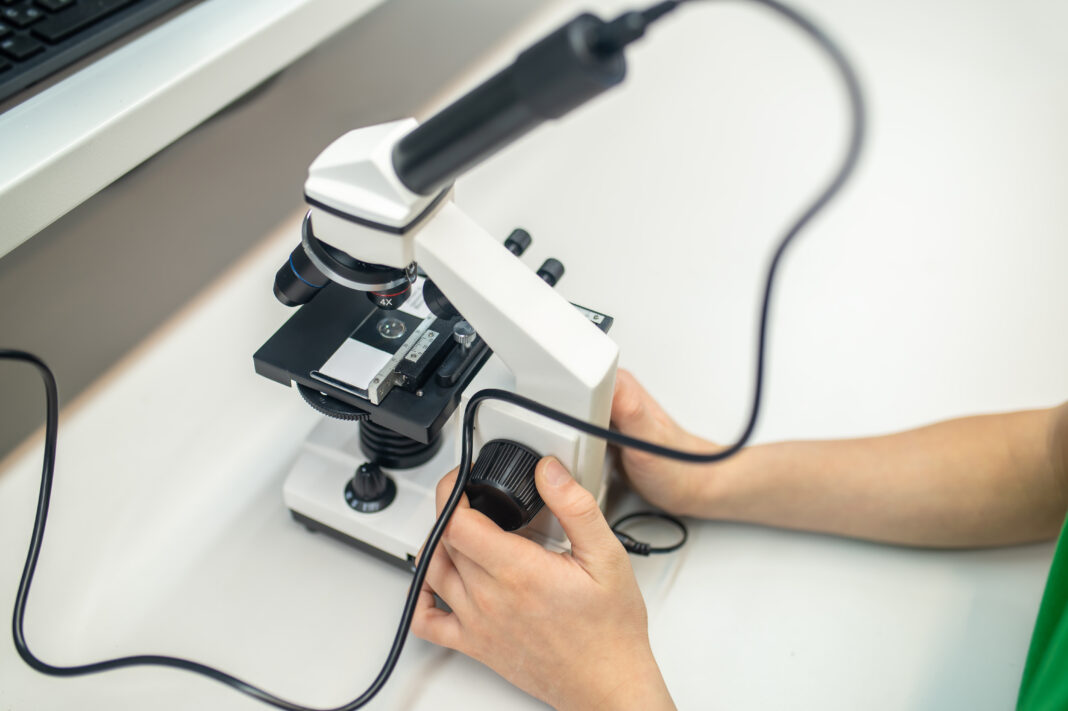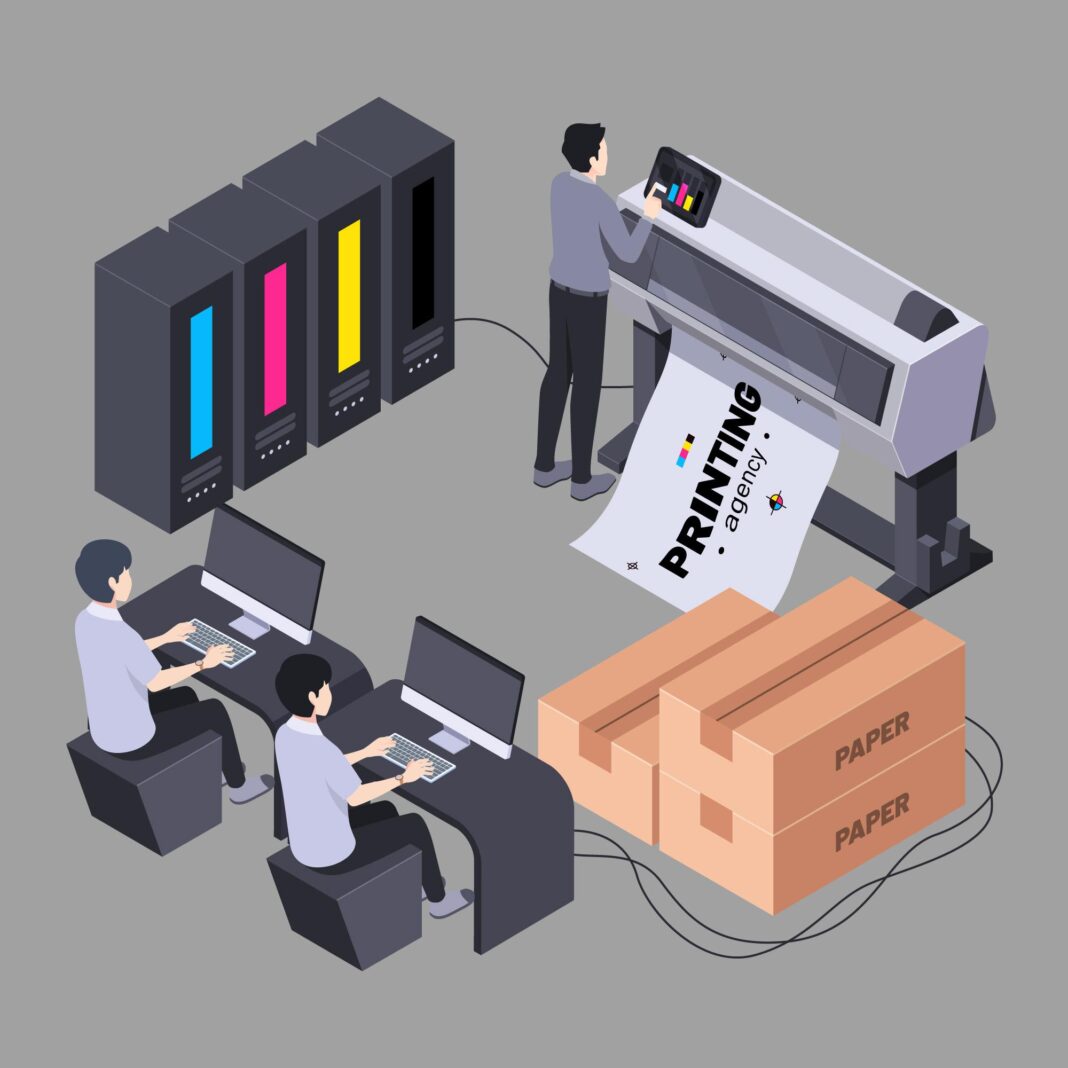A spectrophotometer is an instrument designed to transmit light rays after their reflection process has concluded, as well as detect absorbance that takes place in samples. Based on Beer-Lambert law, which states that the analyte concentration corresponds directly to the intensity of light absorbed, spectrophotometers by expert double-beam spectrophotometer manufacturers are most often employed when analyzing liquid or gas samples.
Double-beam spectrophotometers divide light from their source into two distinct beams; one passes through the sample cuvette while the other goes to a reference cuvette. After being split apart, these light beams are combined again before reaching a monochromator, which isolates desired wavelengths. Their intensity differences are measured and then compared.
Double-beam instruments offer more reliable measurements as they simultaneously measure both sample and reference material at once; however, these more costly models require more manual work, take longer to perform analyses, require frequent calibration for acceptable accuracy levels, require frequent servicing as well as increased manual labor costs for their operation – hence these instruments should only be used by laboratories who can afford an initial investment cost.
Learn More About The Latest Range With Prominent Double-beam Spectrophotometer Manufacturers
Optical System:
- True Double Beam Design: This design employs two paths for light, allowing for real-time comparisons, thus increasing its precision and stability. Baseline flatness is usually between ±0.0004 Abs.
- High-Resolution Monochromators: This grating utilizes diffraction gratings with 1200 lines/mm or more, with a wavelength accuracy of ±0.3 nm and a spectral resolution of 0.1 nm or better.
- Wide Wavelength Range: This usually spans the UV and visible regions, typically from about 190 nm to 1100 nm, depending on the application.
- Variable Bandwidth: To optimize resolution and sensitivity, different spectral bandwidths, ranging from 0.1 nm to about 5.0 nm, are selectable.
- Low Stray Light: Advanced optical designs help to minimize stray light to less than 0.05%T at 220 nm and 340 nm, thus improving accuracy.
Detector And Electronics:
- High-sensitivity Detectors use photomultiplier tubes (PMTs) or silicon photodiodes to obtain a photometric range between -6 and 6 Abs.
- Microprocessor Control: They have embedded microprocessors or personal computers that allow precise instrument control, data acquisition, and analysis at speeds as high as several GHz
- Fast Scanning Speeds: Capable of fast spectral scans of approximately 10,000 nm/min, which enables rapid and efficient analysis.
- High Data Acquisition Rates: Highly reputed double beam spectrophotometer, Atico Export supplies double beam spectrophotometer with data acquisition rates of up to 100 data points per second for measuring rapidly changing samples and conducting kinetic studies.
- Large Touchscreen Displays: They are designed for user-friendly interfaces with high-resolution touch screens, usually 7 inches or larger, for easy operation and observation.
Software and Data Management With Topgraded Double beam Spectrophotometer Exporter
- Quantitative Analysis Tools: This includes tools for generating calibration curves with up to 9th-order polynomials, concentration calculations, multi-component analysis, and more.
- Spectral Manipulation: Data smoothing, baseline correction, and peak detection are used to improve our processed data further.
- Data Export: This allows data to be exported into different formats, e.g., CSV or Excel, for transfer to other similar software applications.
- Network Connectivity: Double beam Spectrophotometer Exporter exports Spectrophotometers with Ethernet or Wi-Fi connectivity, which can support remote access, data sharing, or instrument control.
More Features:
- Extended Lamp Life: Employs long-life bulbs (2000 or more hours) to reduce repair costs and downtime.
- Automated Sample Handling: Certain models have built-in autosamplers for high-throughput analysis, enhancing their functioning.
- Qualification and conformity: Software and hardware properties assist in qualification and adaptation to regulatory demands (for example, GCP, GMP).
- The latest double-beam spectrophotometers by highly proficient Double-beam spectrophotometer manufacturers are enhanced by their innovative capabilities, which allow researchers and analysts to perform different experiments more accurately, quickly, and effectively.
- Benefits Of Partnering With Double-beam Spectrophotometer Suppliers
Double-beam spectrophotometer suppliers offer several distinct advantages over single-beam instruments. They can reduce errors caused by lamp variations during measurement, thus offering superior time stability compared to single-beam devices. They also possess a wider dynamic range, which enables accurate analysis of more dilute solutions or gases.
For this task, they employ a novel system of splitting their light source into reference and sample beams, merging them again, and passing them onto a monochromator. This recombination step eliminates mechanical noise and lamp intensity fluctuations, producing more accurate results with higher resolution and wavelength scans.
When selecting a spectrophotometer, consider the types of samples to be tested and their expected concentration levels to help establish the accuracy and precision level that will best suit your work. A double-beam instrument procured from the most experienced Double-beam Spectrophotometer Manufacturers offers greater accuracy since its superior design minimizes light source fluctuations and their effects.





